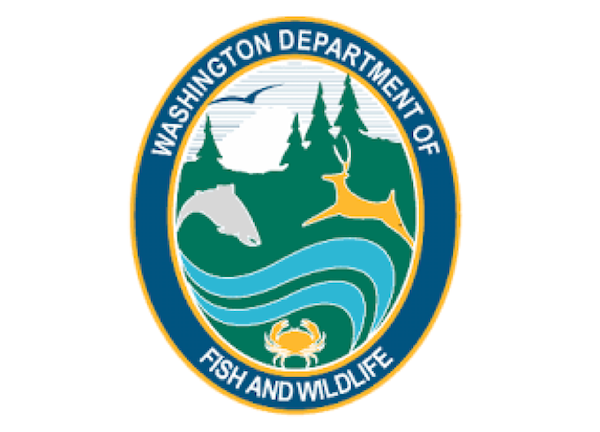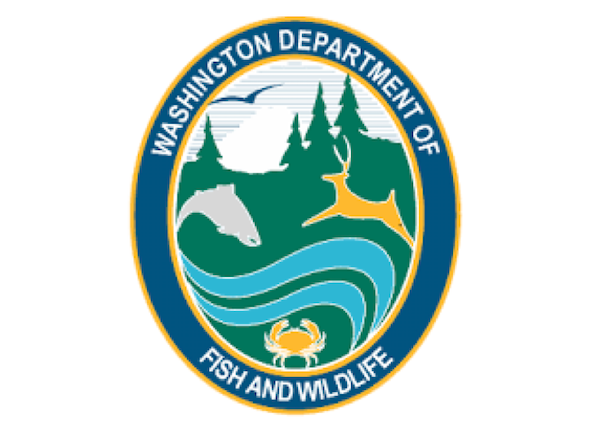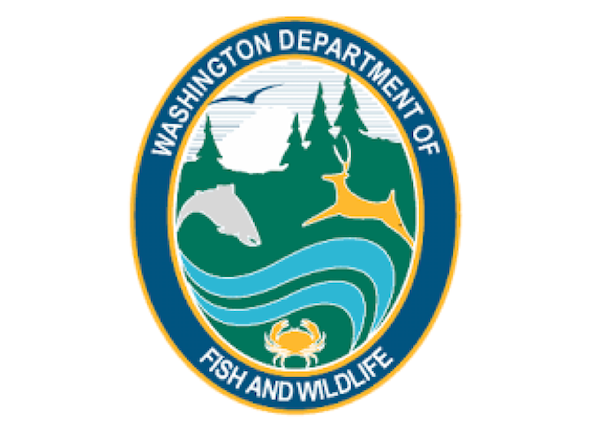Idaho Fish Report
Record year for Washington in the prevention of aquatic invasive species

by WA Department of Fish & Wildlife Staff
12-30-2019
Website
Boaters helped the state celebrate a record year for efforts to prevent the spread of aquatic invasive species into Washington's waterways, including zebra and quagga mussels, aquatic plants, and fish and amphibian diseases. Aquatic invasive species invade ecosystems beyond their natural historic range, and can negatively impact water quality, power and irrigation systems, native wildlife, and recreational opportunities.
In 2019, the Washington Department of Fish and Wildlife (WDFW) inspected more than 32,000 watercrafts, a 31% increase from 2018. About one third of inspected watercrafts came from known infested waters in other states. WDFW detected 18 vessels carrying invasive mussels and 1,200 vessels that failed to meet the clean – drain – dry requirements.
"We're at an all-time high in our efforts to prevent the spread of invasive mussels and other aquatic invasive species that can hitch a ride on boats and trailers into our state," said Captain Eric Anderson, WDFW's aquatic invasive species enforcement manager. "We couldn't do this prevention work without the help of incredible regional partners in our neighboring states - and of course, the public. This isn't just a win for invasive species prevention, it's beneficial to the entire Pacific Northwest."
Quagga and zebra mussels can clog pipes and mechanical systems of industrial plants, utilities, locks, and dams. If invasive mussels take hold in Washington, officials estimate it would cost more than $100 million each year to keep Washington's power and water infrastructure running, in addition to causing catastrophic ecological damage.
In addition to watercraft inspections, WDFW took more than 3,500 early detection monitoring samples at 118 water bodies across the state this year. The surveys were primarily conducted to detect zebra and quagga mussels, but some surveys and samples also tested for the presence of environmental DNA of other invasive species such as New Zealand mudsnails and Northern pike.
"Early detection monitoring is the next line of defense for identifying invasions early and preventing invasive species from establishing populations," said Allen Pleus, aquatic invasive species unit manager for WDFW. "And the aquatic invasive species fight requires a broad range of management planning and actions to be successful."
WDFW and partners used data from watercraft inspections and water surveys to produce a risk analysis of Washington's waters that will efficiently direct future invasive species monitoring to the most susceptible lakes, reservoirs, and rivers.
The state also ramped up its efforts to prepare for a possible invasive mussel infestation with a first-of-its-kind mock exercise alongside state, federal, and tribal governments. The exercise, which took place in Kettle Falls, WA in October, included deploying and testing a containment system, boat inspections, public notifications, a decontamination station, shoreline surveys by trained mussel-sniffing dogs, and in-water monitoring by skilled divers and scientists.
"It just goes to show that when we invest in invasive species prevention and control, we're able to do more to keep our state, communities, environment, and economy safe from harmful pests," said Justin Bush, executive coordinator of the Washington Invasive Species Council. "Efforts like the ones that worked well this year will need continued support."
This year's record-setting efforts in expanding inspections, monitoring, and rapid response capacity were made possible by several federal grants from the U.S. Army Corps of Engineers and U.S. Bureau of Reclamation that were instrumental in leveraging and enhancing state funds received from aquatic invasive species fees on annual recreational boater registrations.
How Boaters Can Help
Clean: When leaving the water, clean all equipment that touched the water by removing all visible plants, algae, animals, and mud. This includes watercraft hulls, trailers, shoes, waders, life vests, engines, and other gear.
Drain: Pull your plug or otherwise drain any accumulated water from watercraft or gear, including live wells and bilge, before leaving the water access area.
Dry: If transporting watercraft from outside Washington State, clean and drain everything before starting the journey. Once home, let all gear dry fully before using it in a different water body.
Avoid Fines: The penalty for transporting aquatic invasive species in Washington State can range from a $95 fine to a class C felony. Boat owners should call the Aquatic Invasive Species hotline at 1-888-WDFW-AIS (1-888-933-9247) before their trips for guidance on if they need free decontaminations for their boats or trailers.
WDFW also reminds operators of watercraft not registered in Washington State, seaplanes, and commercial transporters of specified vessel types, that they must buy an Aquatic invasive species prevention permit. These permits are valid for one year and may be purchased for $24 online or from any of WDFW's authorized license dealers.
For more information on aquatic invasive species in Washington, visit the WDFW website.
WDFW is the state agency tasked with preserving, protecting, and perpetuating fish, wildlife, and ecosystems, while providing sustainable fishing and hunting opportunities.


